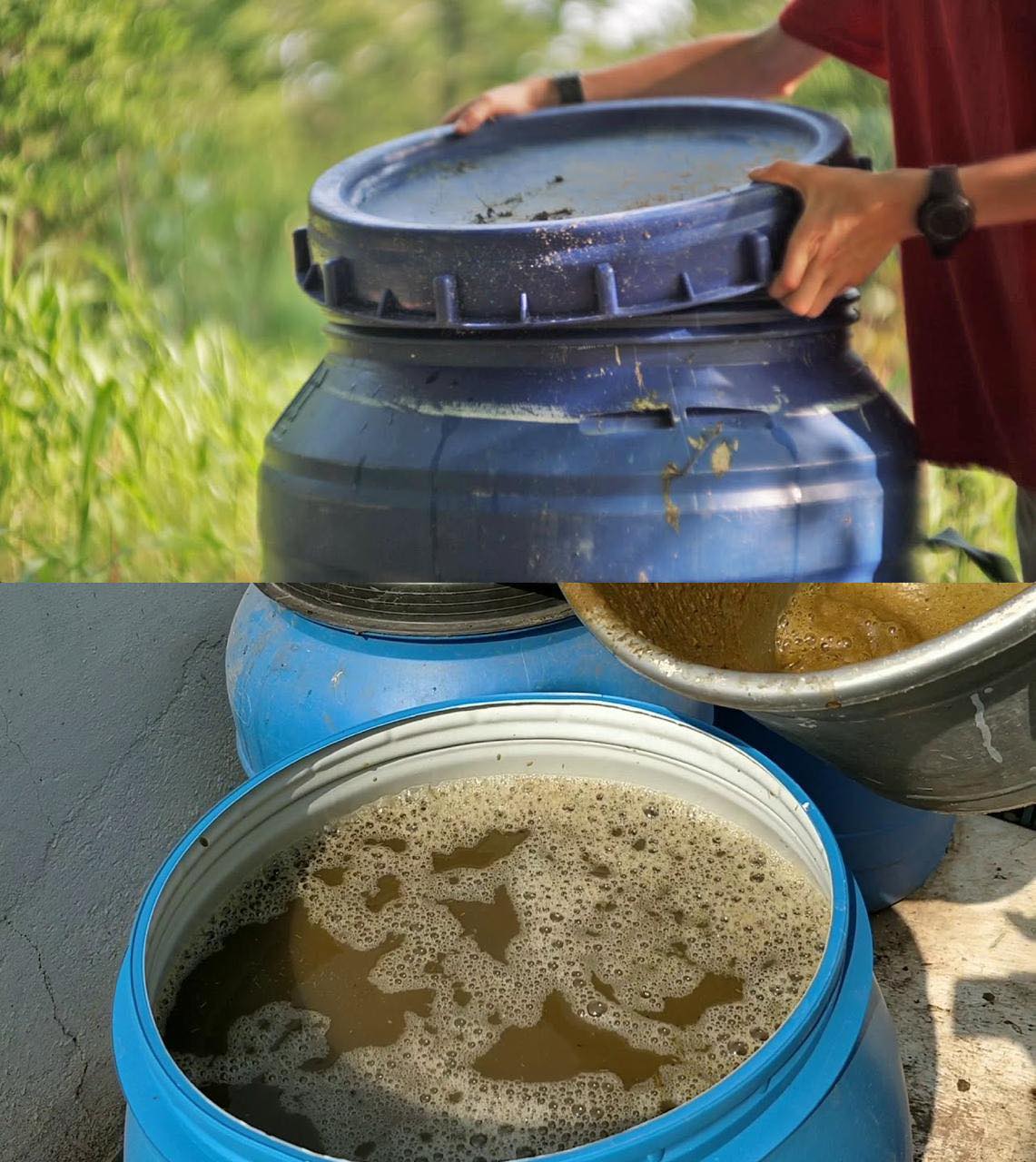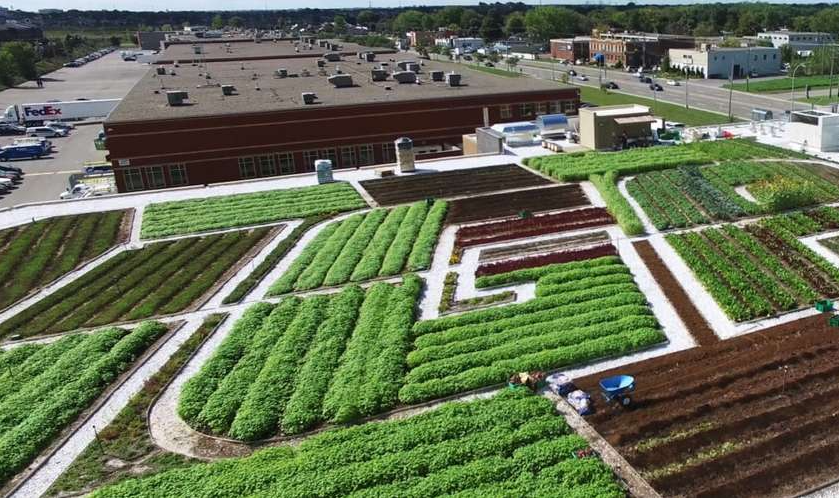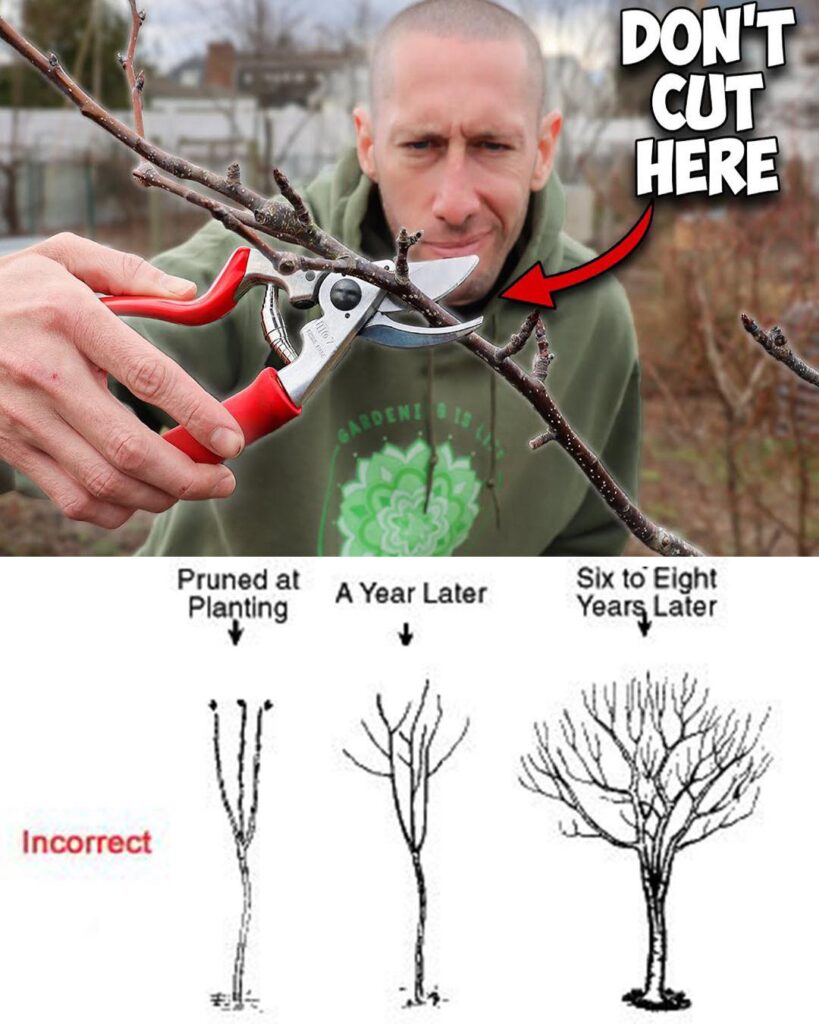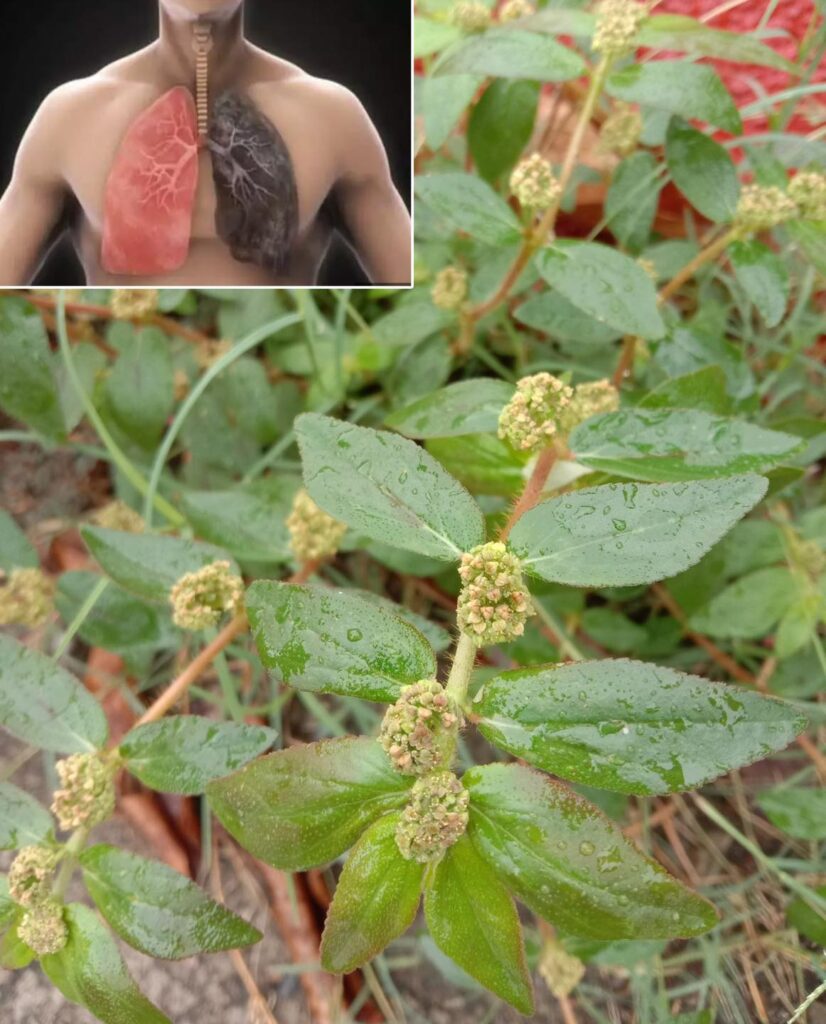Rediscovering ancient gardening wisdom, we find a simple yet profound method to sustainably nourish our gardens. This technique, rooted in the practice of fermentation, transforms organic waste into a powerful liquid fertilizer, reducing the need for commercial products. It’s an eco-friendly approach that utilizes readily available materials, embodying the essence of sustainable living. Let’s dive into how you can create this nutrient-rich elixir to boost the health and growth of your plants.
What You’ll Need:
- A large container with a lid (like a 5-gallon bucket)
- Water (rainwater is best, but tap water works too)
- Organic waste (think kitchen scraps, yard waste, and even weeds, but avoid meat and dairy)
- A straining cloth or fine mesh
- Something to stir with
Creating Your Own Liquid Fertilizer: A Step-by-Step Guide
1. Gather Your Organic Material:
Collect plant-based waste. This can be anything from vegetable peels to grass clippings and fallen leaves.
2. Prepare the Container:
Fill your container about halfway with the organic material. The size of your container will depend on how much fertilizer you plan to make.
3. Add Water:
Cover the organic matter with water. If you’re using tap water, let it sit out for a day first to evaporate any chlorine, which could hinder the fermentation process.
4. Start the Fermentation:
Close the lid on your container, but not too tightly; you want to allow gases to escape. Stir the mixture every few days to add oxygen and help break down the organic material. This process can take from two weeks to two months. You’ll know it’s ready when it has an earthy smell and the solids have mostly decomposed.
5. Strain the Liquid:
Once the fermentation is complete, strain the liquid to remove solids. This liquid is your concentrated fertilizer.
6. Dilute and Use:
Dilute the concentrated fertilizer with water before using it on your plants—about 1 part fertilizer to 10 parts water is a good starting point. Apply it directly to the soil around your plants.
Benefits and Considerations
- Eco-Friendly: This process turns waste into a valuable resource, helping reduce landfill use and chemical runoff into our waterways.
- Cost-Effective: By using materials you already have, you save money on commercial fertilizers.
- Nutrient-Rich: The fermentation process breaks down organic matter into a form that’s easy for plants to absorb, providing them with essential nutrients like nitrogen, phosphorus, and potassium.
Embracing this time-honored method offers a way to nurture your garden that’s both sustainable and deeply connected to the cycles of nature. It’s a testament to the ingenuity of our ancestors, proving that sometimes, the best solutions are those that have been with us all along. Whether you’re an experienced gardener or just starting, this approach to creating liquid fertilizer is a rewarding way to enhance the vitality of your garden while honoring the earth.



